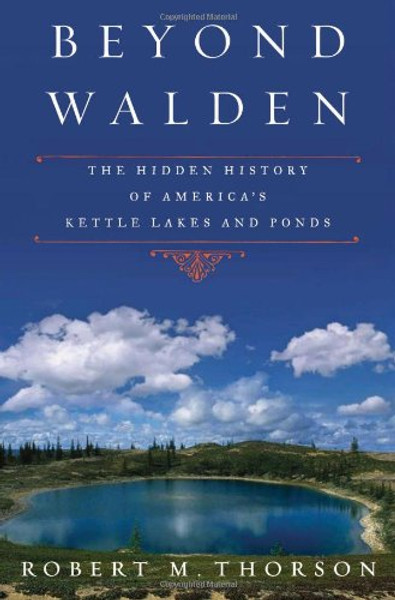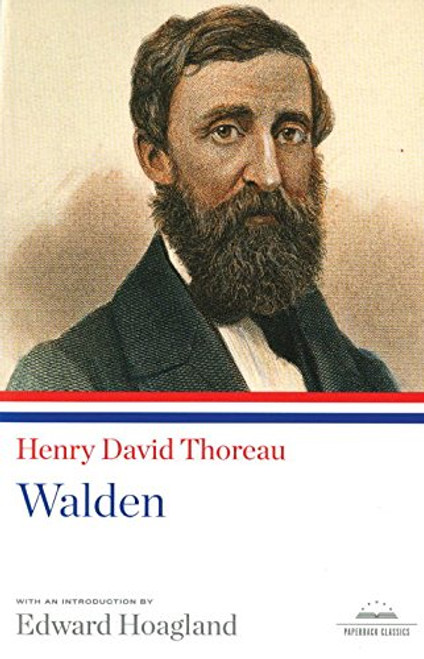Product Overview
The geology, ecology, and cultural history of kettle lakes from Maine to Montana.
Lakes are a beloved part of the American landscape, and kettles are the most common type, spanning the northern part of the country from New England to the High Plains. Kettle lakes are depressions formed by meltdown of glacial ice and filled with freshwater. Unlike other kinds of lakes that have significant inlet or outlet streams, kettle lakes are natural wells tapping the groundwater table.
A source of joyful relaxation and recreation for generations, kettle lakes also have historical and cultural significance. Within a few years of the 1836 publication of Ralph Waldo Emerson's Nature, a pivotal book combining nature with spirituality and religion, H enry David Thoreau had permanently linked Walden PondAmerica's most famous kettle laketo the Transcendentalist movement.
Each kettle lake tells a story, and in Robert Thorson's hands their collective sagaand the threats to their healthgive us crucial insight into the dangers facing our vulnerable freshwater ecosystem.






